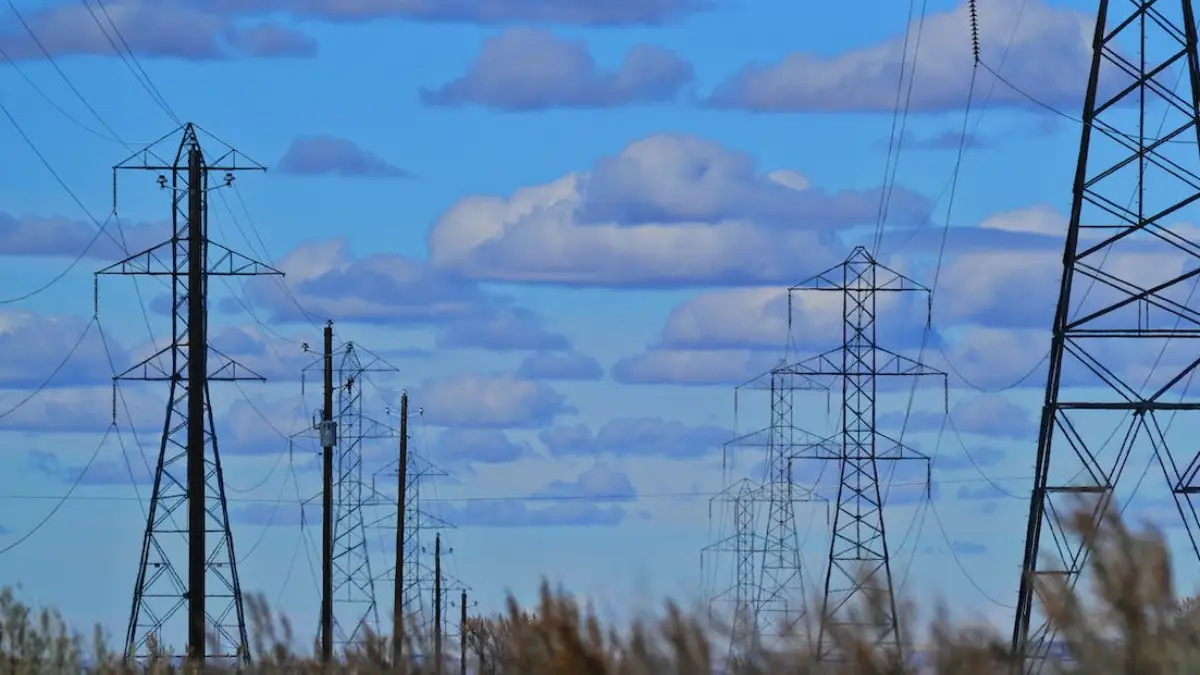Delving Beneath the Surface: China’s Pioneering Lunar Exploration
China’s strides in space exploration have led to a groundbreaking revelation about our enigmatic celestial companion. The lunar mystery that has captivated human curiosity for millennia is now being unraveled, as China’s space program uncovers concealed structures beneath the moon’s surface.
Chang’e-4 Lander: Unveiling the Dark Side’s Secrets
In a historic feat in 2018, the Chang’e-4 lander, part of the Chinese National Space Administration (CNSA), achieved a momentous landing on the far side of the moon. Through this mission, scientists have gained unprecedented access to the moon’s hidden history, capturing imagery of impact craters and extracting mineral samples.
The Secrets Revealed: A Glimpse into the Lunar Past
Recently published findings from the Chang’e-4 mission, featured in the Journal of Geophysical Research: Planets, offer a profound glimpse into the moon’s evolution. These findings shed light on the composition of the top 130 feet (40m) of the lunar surface, composed of layers of dust, soil, and fragmented rocks.
An Astonishing Discovery: The Moon’s Geological Evolution
Among the remarkable discoveries are layers of lunar lava dating back billions of years. These distinct layers, identified by a team led by astrogeological researcher Jianqing Feng from the Planetary Science Institute in Tucson, Arizona, tell the tale of the moon’s tumultuous past.
A Legacy of Cosmic Impacts
Experts hypothesize that our moon originated around 4.51 billion years ago, born from a colossal impact between Earth and a Mars-sized object. In the eons that followed, the moon endured relentless bombardments from space debris, resulting in the formation of cracks on its surface.
A Lunar Journey through Volcanic Activity
As with Earth, the moon’s interior hosted molten magma pockets. Eruptions facilitated the flow of this molten rock into the newly formed fractures. However, Chang’e-4’s findings reveal a nuanced story: the closer the volcanic rock approached the surface, the thinner it became, indicating the moon’s gradual cooling and diminishing volcanic activity over time.
The Moon’s Geological Twilight
Between one billion and 100 million years ago, volcanic activity on the moon subsided, rendering it largely “geologically dead.” While this signifies the end of widespread volcanic processes, Feng and his co-authors speculate the presence of concealed magma beneath the moon’s surface.
Unveiling the Lunar Landscape: A Future of Discovery
Chang’e-4’s groundbreaking findings are just the starting point for China’s lunar exploration endeavors. The team led by Feng envisions a continued mapping of the moon’s intricate geological past, fueling further fascination with our closest cosmic neighbor.









